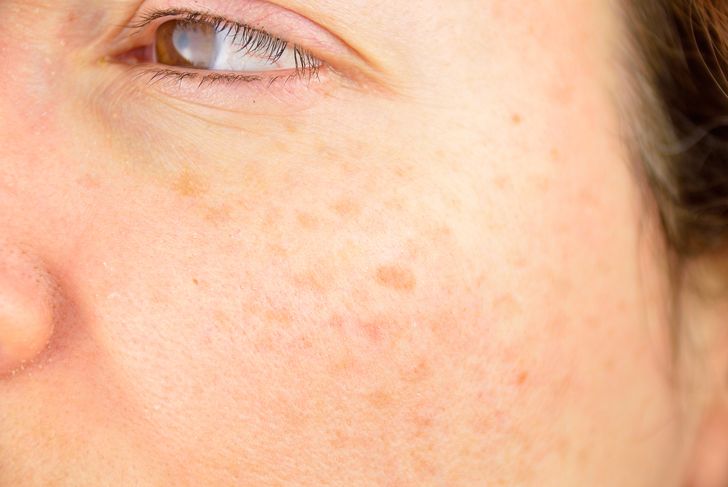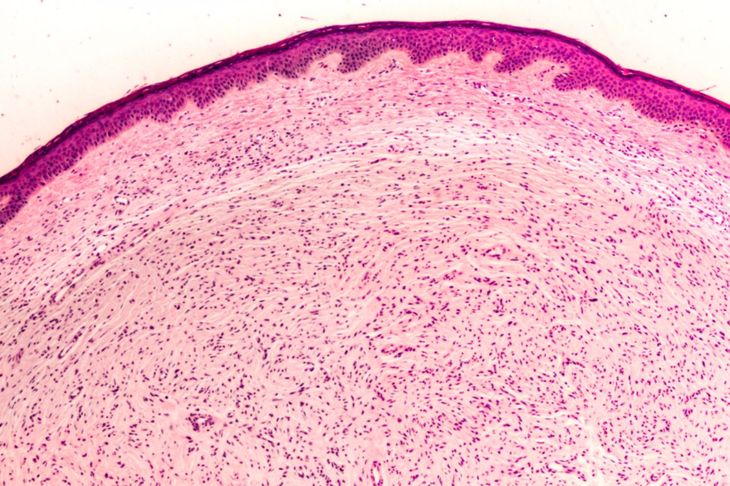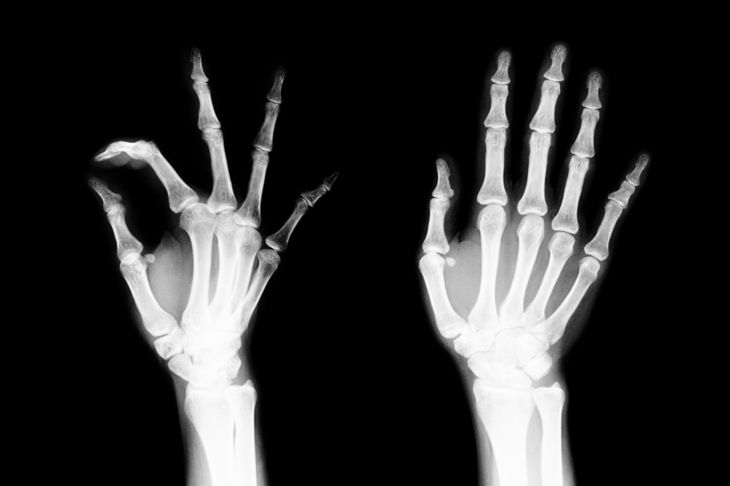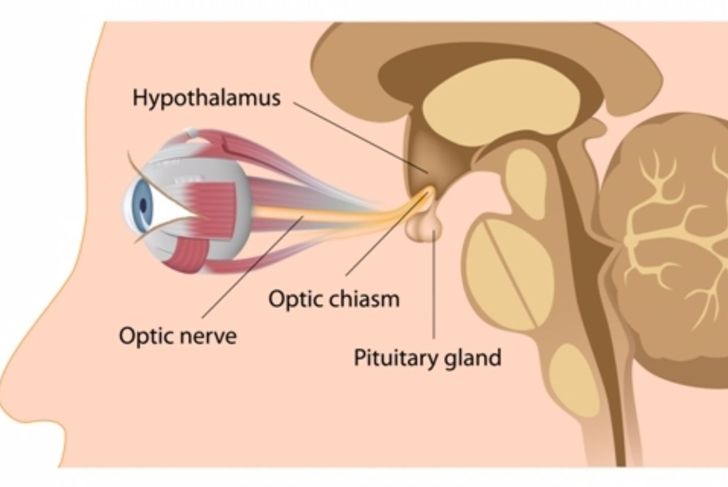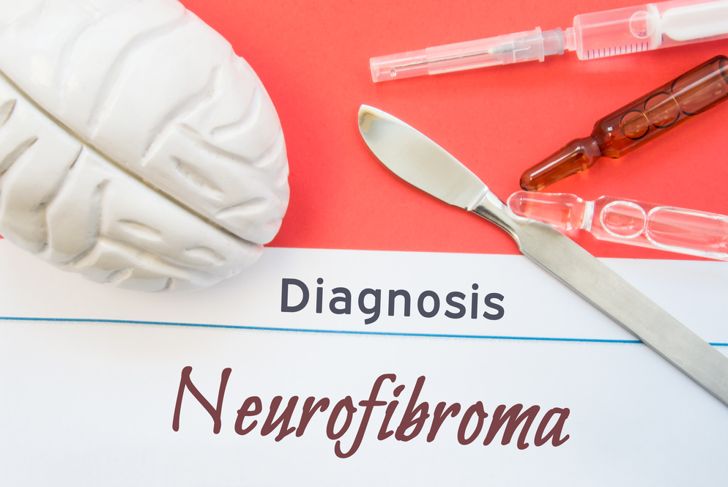Neurofibromatosis is a genetic disorder that causes tumors to form anywhere in the nervous system and the skin. Diagnosis of the disease usually occurs in childhood or young adults. There are three different types of neurofibromatosis. Types 1 and 2 are hereditary. Symptoms of neurofibromatosis can be present at birth, or they may become evident early in childhood. Although neurofibromatosis is a multisystem disorder that requires management by a multidisciplinary team of health specialists, the dermatologist has the primary role in recognizing and differentiating NF from other conditions and suggesting appropriate referrals and management.
Cafe Au Lait Macules
Skin lesions have smooth borders and can be a range of colors from tan to dark brown. While many people may have these lesions, seeing more than six of them on a child can indicate NF1. On children, look for spots that are bigger than 5 mm at their widest point. On teenagers, look for spots larger than 15 mm.
Skinfold Freckling
Skinfold freckling is another important criterion for the diagnosis of NF1. It occurs between the ages of three and five in either the axilla and groin. They may also be on the neck, breast, around the lips, and in the trunk. The freckling is similar to that induced by sun exposure, but it occurs remarkably in covered areas.
Learning Disabilities
Half of the patients with NF1 have learning disabilities, and parents of children with this disease worry about their academic performance. Studies showed that children with NF1 struggle with math and reading, and they are more likely to be diagnosed with Attention-Deficit Hyperactivity Disorder. Early intervention can go a long way in helping kids with NF1.
Bone Anomalies
Bone anomalies, like a curved spine, is a common problem for those with neurofibromatosis. It occurs in 10 percent of patients, usually manifesting by age 10. If doctors find evidence of scoliosis, they may refer the child to orthopedics. The long bone deformity is usually manifest within the first year of life. The most affected bone is the tibia, which will bow in an anterior direction. Someone with NF1 may have short stature, a prominent forehead and brow, and a head circumference above average (macrocephaly).
Optic Gliomas
The optic glioma is a slow-growing tumor of the optic nerve, which is present in 15-20 percent of patients with NF1. It can manifest clinically with exophthalmos, which is an abnormal protrusion of the eyeball, a decreased vision, and precocious puberty (after age six for the latter). However, most children are diagnosed with optic glioma around age three.
Cutaneous Neurofibromas
The presence of neurofibromas is another classic manifestation of neurofibromatosis. Neurofibromas are tumors that are located anywhere on the body and have different shapes and sizes. Cutaneous tumors are dome-shaped, soft, fleshy, skin-colored or hyperpigmented, while subcutaneous tumors are firm and nodular. Usually, these tumors do not become apparent until puberty and may continue to grow in size and number throughout adulthood. Pregnancy is also another time associated with tumor growth acceleration.
Glomus Tumors
Glomus tumors originate from a specialized vascular structure involved in temperature regulation. They are most commonly seen in the subungual area of the fingers and appear as small-blue red papules or nodules. Glomus tumors are associated with marked pain and cold intolerance. Surgical removal of these tumors will eliminate the pain.
Schwannomatosis
A schwannomatosis is a benign nerve tumor that causes significant pain for the patient. Depending on the location of the tumor, it can cause numbness, weakness, and muscle loss. In fact, pain can be so debilitating that it may require surgical treatment or supervised pain management.
Hearing Loss
Hearing loss is common in some cases of neurofibromatosis. This is the result of slow-growing tumors in the nerves that transmit sound from the inner ears to the brain. The symptoms will appear in the early adult years and vary in intensity. The patient will complain of a gradual hearing loss, ringing in the ears, balance difficulties, and possibly headaches.
Itching
Itching is generally widespread in the skin and the tumors. Although the mechanism that causes it is uncertain, doctors believe that the production of histamine is to blame. The mast cells in the tumors produce itch-causing histamine.

 Home
Home Health
Health Diet & Nutrition
Diet & Nutrition Living Well
Living Well More
More